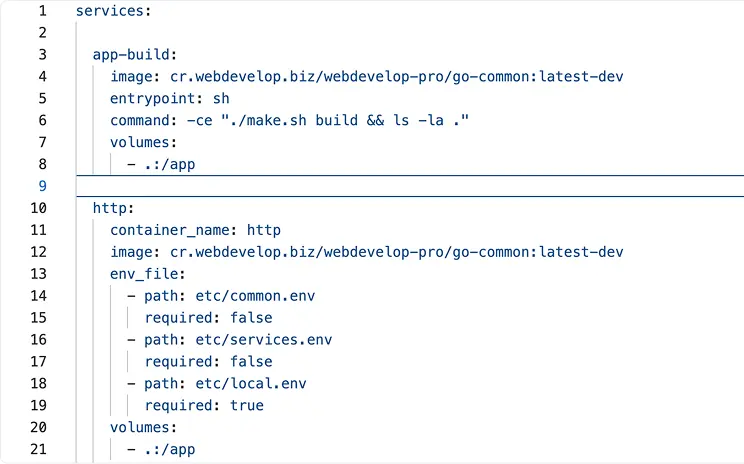Why the Fine Art Market Is Perfectly Positioned for Tokenization
Table of Contents
- The Tokenized Fine Art Instrument (T-ART): A Structural Upgrade
- Core benefits include
- Problems Tokenization Solves in Fine Art Markets
- Existing Tokenized Art Projects: Proof of Market Viability
- Why Issuers, Galleries, and Investors Embrace Tokenized Art
- Strategic Roadmap for a Fully Tokenized Fine Art Market
- Systemic Implications: Fine Art Becomes Liquid, Transparent, and Composable
- Closing Perspective
The Tokenized Fine Art Instrument (T-ART): A Structural Upgrade
A Tokenized Fine Art (T-ART) instrument is a digital, compliant representation of ownership or economic rights in a physical artwork or collectible, recorded on distributed ledger infrastructure.
Core benefits include
1. Fractional Ownership
Investors can access high-value art (e.g., $2M–$100M pieces) through $50–$500 fractional tokens-democratizing an elite asset class.
2. Verifiable, Immutable Provenance
Each token transfer updates the provenance chain:
- Ownership history
- Custodial events
- Appraisal updates
- Restoration records
- Insurance changes
The blockchain becomes the canonical source of truth.
3. Liquidity and Secondary Trading
Tokenized art supports:
- 24/7 trading windows
- Fractional liquidity
- ATS-based secondary markets
- Instant ownership transfer
- Market-driven pricing
Fine art becomes a liquid financial instrument-without moving the artwork physically.
4. Smarter Custodial Infrastructure
Artwork stays secured in:
- Museum-grade storage
- Gallery vaults
- Custodial partners
But ownership and economics move digitally, making corporate actions (insurance, loans, appraisals) automated and transparent.
Problems Tokenization Solves in Fine Art Markets
- Illiquidity & High Entry Barriers: Tokenization allows broader ownership and more flexible exit paths.
- Provenance Fraud: Immutable on-chain provenance eliminates gaps and authentication risk.
- Slow, Expensive Transactions: Digital rails compress settlement from weeks to minutes.
- Limited Investor Universe: Global onboarding expands demand for institutional-quality artworks.
- Lack of Transparency: On-chain reporting provides real-time visibility into valuations and ownership.
- Custodial Complexity: Tokenization simplifies beneficial ownership transfer while maintaining physical custody control.
Existing Tokenized Art Projects: Proof of Market Viability
Several major institutions have already explored or adopted tokenized fine art models:
- Masterworks: Fractionalizes high-value artworks into Reg A+ tokens for retail participation.
- Sygnum Bank / Artemundi: Tokenized a Picasso painting, enabling institutional-grade investment access.
- Maecenas: Early platform for tokenized fractional art auctions.
- Galaxy / Art+Tech Funds: Exploring art-backed financing using tokenized collateral.
- Auction Houses (Christie’s, Sotheby’s): Exploring blockchain-based provenance and digital settlement frameworks.
These use cases prove that tokenized art is already functional, compliant, and institutionally relevant.
Why Issuers, Galleries, and Investors Embrace Tokenized Art
- Deeper Global Capital Pools: Investors from any compliant jurisdiction can participate.
- Expanded Revenue Opportunities: Art-backed loans, Collateralized borrowing, Income-sharing from exhibitions, Digital licensing markets
- Faster Exit Opportunities: Secondary trading gives owners flexibility before traditional sale events.
- Transparent Ownership Tracking: Eliminates disputes, fraud, and lost records.
- Lower Transaction Costs: Fewer intermediaries; faster due diligence; reduced administrative overhead.
- Digital-Native Collecting: New generations can interact with art through mobile apps, wallets, and digital certificates.
Strategic Roadmap for a Fully Tokenized Fine Art Market
Phase I - Fractionalization via SPVs
- Tokenized shares represent economic rights
- Compliant onboarding & transfer restrictions
Phase II - On-Chain Provenance Registries
- Museums, galleries, storage facilities feed custody metadata to the blockchain
- Insurance & appraisal events timestamped
Phase III - Secondary Market Expansion
- Compliant ATSs with 24/7 trading
- Market-driven price discovery
- Institutional-grade liquidity windows
Phase IV - Native Digital Ownership Certificates
- Tokens legally recognized as ownership titles
- Integrated custody networks
- Sovereign-level legal clarity (e.g., Switzerland, Singapore)
Phase V - Composable Art Finance
Fine art integrates with:
- Tokenized MMFs
- Digital credit markets
- On-chain collateralization
- Treasury tools
- Digital lending pools
Art becomes a financial instrument with liquidity, collateral utility, and global interoperability.
Systemic Implications: Fine Art Becomes Liquid, Transparent, and Composable
Tokenized fine art transforms the market:
- Liquidity: From years → minutes
- Provenance: From PDFs → immutable on-chain history
- Access: From exclusive → globally inclusive
- Settlement: From paperwork → instant digital transfer
- Custody: From fragmented → unified digital governance
- Valuation: From opaque → data-driven
- Compliance: From manual → automated
- Market Infrastructure: From elite galleries → global digital rails
Fine art evolves from an opaque, inaccessible asset to a programmable financial instrument.
Tokenization doesn’t digitalize art-it modernizes art ownership.
Closing Perspective
Tokenization brings liquidity, transparency, and global access to one of the world’s most exclusive asset classes.
Fine art becomes more than a collectible-it becomes part of the modern financial system.
The tokenization of fine art is not theoretical or speculative-it is inevitable.
The question is no longer if the art market will move on-chain - but which platforms will power the shift and who will benefit from the new liquidity rails.
